Listen to episode 1
THE ORIGIN OF ROSE IN GREEK MYTHOLOGY
Greek mythology is full of stories involving the rose, which is closely linked to the goddess of love and intimacy, Aphrodite. According to the legend, her love for the mortal Adonis was so strong that not even her home Olympus paled in comparison. However, their beautiful love story took a tragic turn when Ares, another one of Aphrodite’s lovers and the jealous god of war, intervened by transforming into a monstrous boar and killing Adonis. When Aphrodite rushed to his side upon hearing his cries, she pricked herself on a thorn and stained a white rose with her blood—creating the first crimson bloom as a symbol of undying love and heartache.
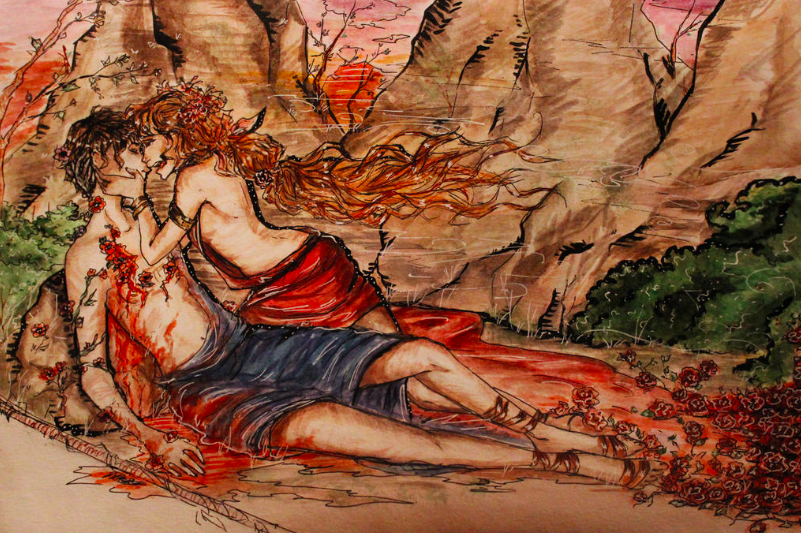
Source: Alice Pheles; deviantart.com
Desire’s Garden: The Romance of the Rose
The Romance of the Rose is a 13th-century French poem by Guillame de Lorris. It tells a captivating story about love and longing through the protagonist’s journey in a symbolic garden. Each encounter in the garden represents challenges faced in pursuing love, with a rose at its heart symbolizing his deepest desire. The protagonist’s quest to pluck this rose mirrors his pursuit of the lady who has captured his heart.
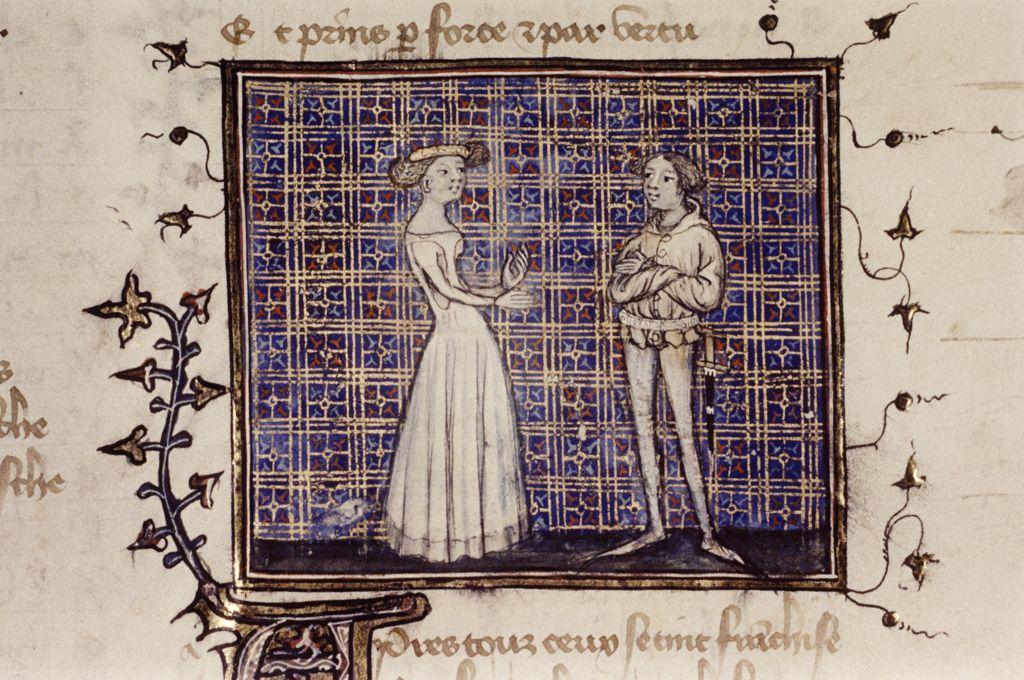
Source: Le roman de la rose (1390); Guillaume de Lorris & Jean de Meung; jstor.org
Medicinal Gardens of Medieval Monasteries
Benedictine monks in medieval monasteries cultivated roses, along with other herbs and plants. The monks grew the roses for their medicinal properties and used them to create tinctures and compounds for treating various ailments such as piles, vomiting, and diarrhoea. Their remedies were based on the knowledge from De Materia Medica, a work by Dioscorides, an ancient Greek physician from the 1st century.
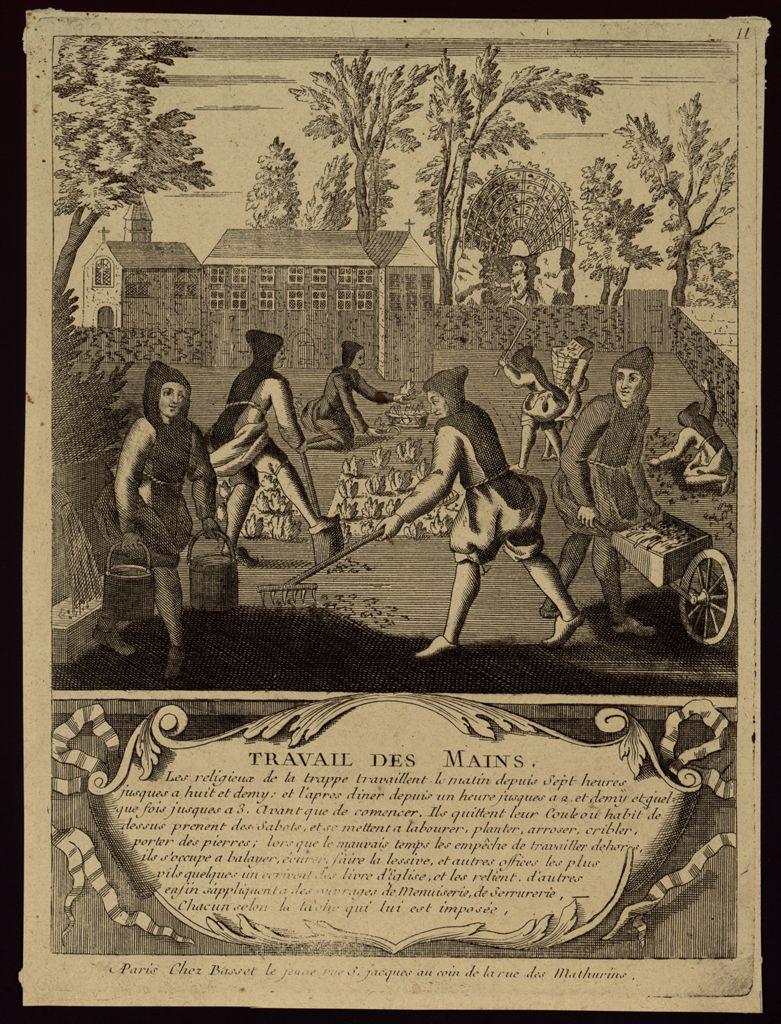
Source: Travail des Mains (8 monks working in a monastery garden; jstor.org
THOUSAND-YEAR ROSES
The ancient rose bush, which dates back to 815 AD, continues to thrive at the Catholic cathedral in Hildesheim, Germany. Despite being located in a cathedral that was heavily damaged during WWII, this remarkable plant has withstood wars and natural disasters over the centuries. Today, it stands tall at a height of 10 meters.
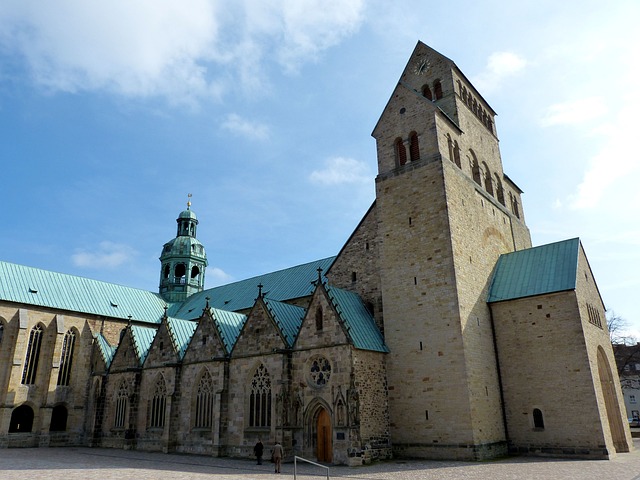
Source: St.Mary’s Cathedral in Hildesheim, Germany; pixabay.com
Grim History Behind ‘Ring Around the Rosie’
This playground song about roses, still remains popular among children. However, this seemingly sweet rhyme carries undertones of a grim historical period. Despite its playful tone, it is often associated with the Great Plague in London, echoing the impact of the Black Death. The seemingly innocent lyrics convey a feeling of doom: “roses” symbolize deadly rashes, “posies” are thought to be preventive measures, and “a-tishoos” indicate sneezing related to the illness. The line about everyone falling down alludes to the grim outcome—death.
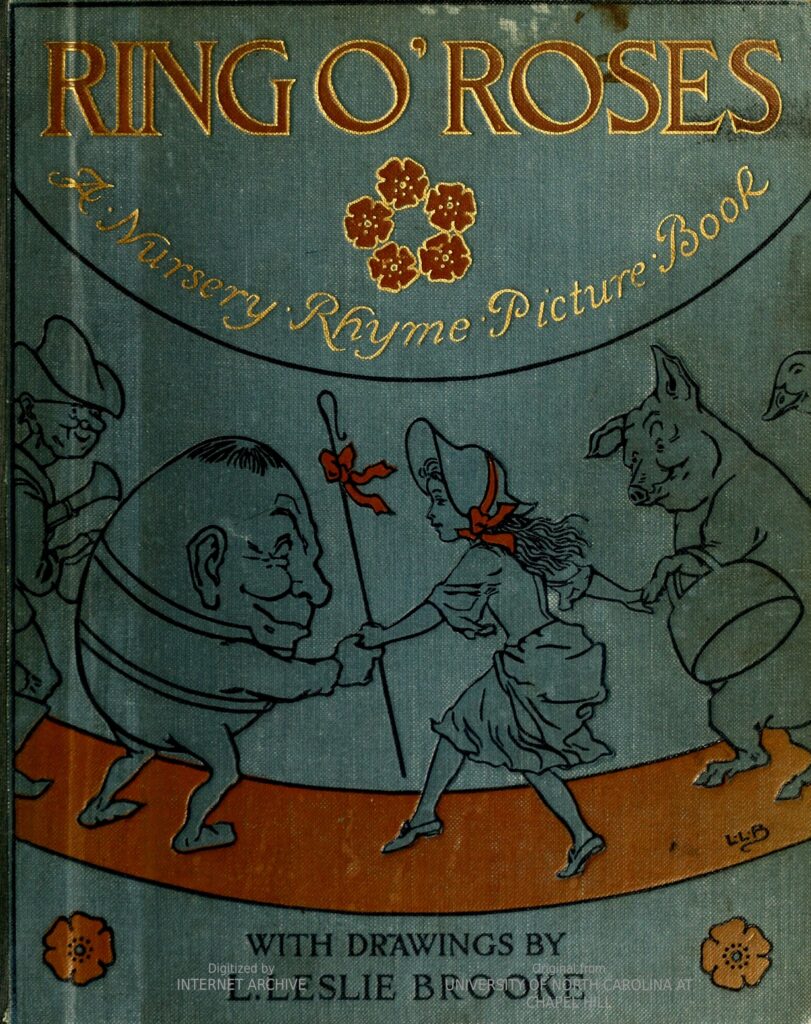
Source: internetarchive.org
Nur Jahan’s Rose-Coloured Reign in the Mughal Empire
When women were rarely in the public eye, Nur Jahan, the wife of Mughal emperor Jehangir, wielded significant power in the Mughal empire. She was a trailblazer as she wrote laws, set governmental policies, and even appeared on coinage during the Mughals’ rule in India. Additionally, she is renowned for creating rose oil and innovating methods to distill roses for Attar essential oil and flavouring Sherbet with rose essence.
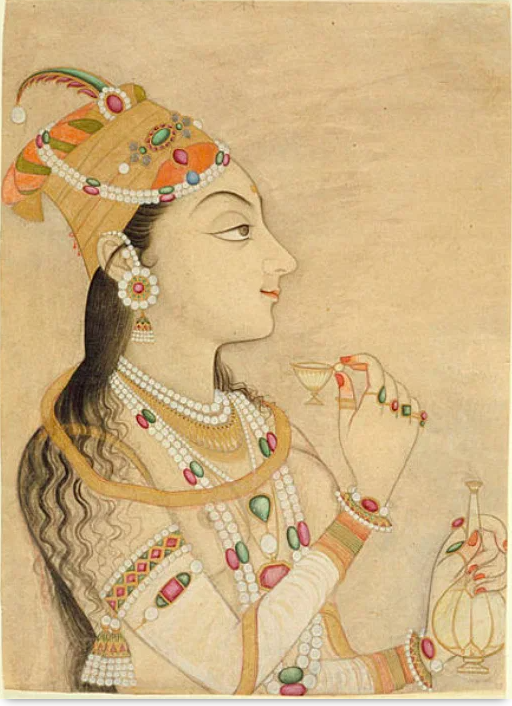
Source: Portrait of Queen Nur Jahan; www.worldhistory.org
BLACK ROSES OF HALFETI
In 2000, Old Halfeti was submerged and its inhabitants moved to the new Halfeti village, about 10 kilometers away, along with their native roses. However, the roses struggled to adapt to their new surroundings. To prevent extinction, district officials intervened by collecting the seeds and planting them in greenhouses near their original location. This ensured their survival and saved them from disappearing. Initially blooming a deep wine colour, the roses gradually darken to black as summer progresses. The fame of these unique flowers has spread far and wide; they have inspired a Turkish TV show, a novel, and a perfume bearing their name.
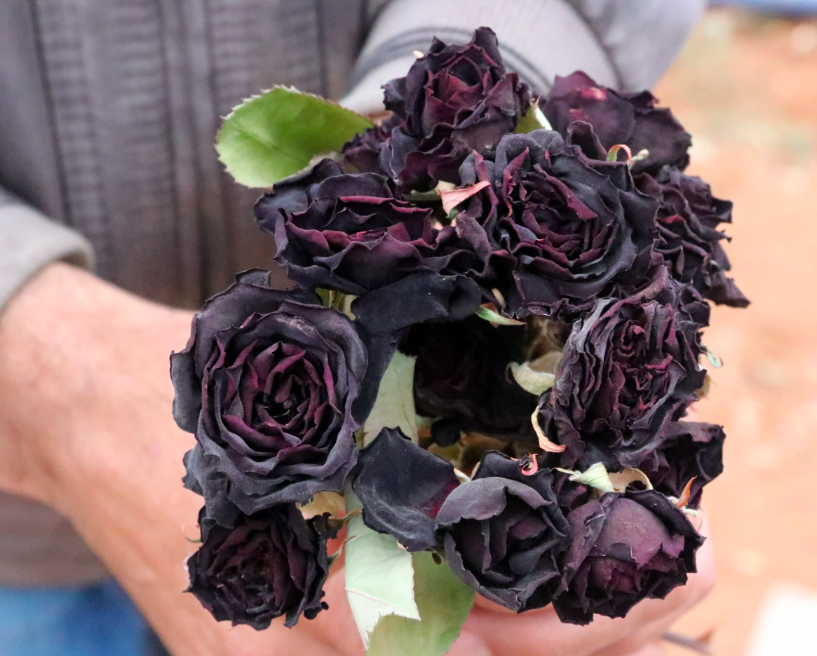
Source: Black roses grown in Halfeti(2020); dailysabah.com
POTENTIAL MEDICINAL EFFECTS OF ROSES
Besides their beauty and fragrance, roses possess numerous health-promoting properties that extend far beyond their aesthetic appeal. There are around 100 to 150 varieties of roses, although most botanical experts think the actual number may be closer to 100.
Several studies have highlighted the nutritional benefits of roses, especially in terms of their nutrient content and chemical compounds that may promote good health. Roses contain certain essential elements like nitrogen, phosphorus, magnesium, manganese, and boron that may play a crucial role in maintaining nutritional balance and enhancing productivity. Additionally, certain aromatic acids found in rose fruits and nuts, have been associated with protective effects against illnesses such as cardiovascular disease, diabetes, and obesity. Furthermore, they exhibit anti-aging properties by scavenging free radicals and shielding the body against oxidative damage.
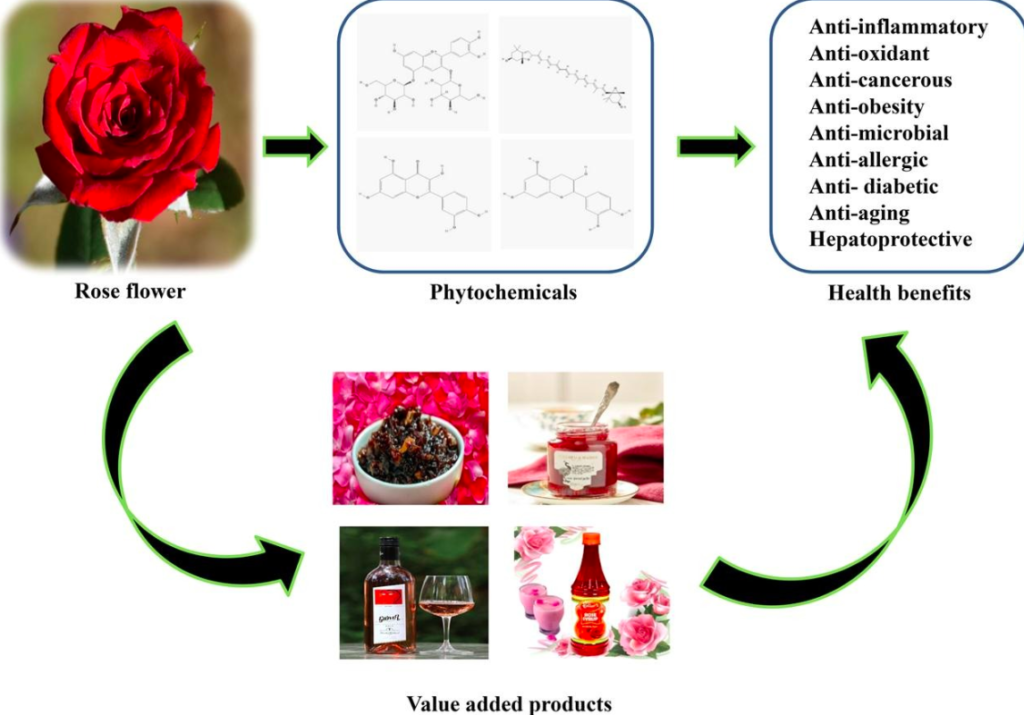
Source: Hegde et al., 2022
REFERENCES:
- https://www.greekmythology.com/Myths/The_Myths/Adonis_and_Aphrodite/adonis_and_aphrodite.html
- https://www.jstor.org/stable/4173144?casa_token=cpm3nSPeKwQAAAAA%3A78v0I2ven5_YgTL1bwPfGCMVuJFR2-Kxcx1fVoPVbYmngF18r6xAXv8QVZX5BTJ1CrK3ZscP7mVA_eAKLwevZyhCDtzfklJtT08kntMkhjS3bTNCRg&seq=1
- https://www.degruyter.com/document/doi/10.1515/9789048557745-013/html?lang=en
- https://www.dom-hildesheim.de/en/content/1000-years-age-rosetree
- https://bit.ly/49YKVpw
- https://bit.ly/Medievalmonasterygrounds
- https://www.dailysabah.com/feature/2015/07/24/the-black-rose-of-halfeti
- Hermida, J., Toro, M., Guzmán, M., & Cabrera, R. (2013). Determining nutrient diagnostic norms for greenhouse roses. Hortscience, 48(11), 1403-1410. https://doi.org/10.21273/hortsci.48.11.1403
- Damania, A.B. (2010) ‘The Mystical History of the Rose – The Queen of Flowers’, Asian Agri-History, 14(4), pp. 303–318. Available at: https://research.ebsco.com/linkprocessor/plink?id=cef3c341-1736-3298-8039-4e8d6bd19501 (Accessed: 28 April 2024).
- Hegde, A.S., Gupta, S., Sharma, S., Srivatsan, V. and Kumari, P., 2022. Edible rose flowers: A doorway to gastronomic and nutraceutical research. Food Research International, 162, p.111977.
- https://www.rhs.org.uk/plants/roses
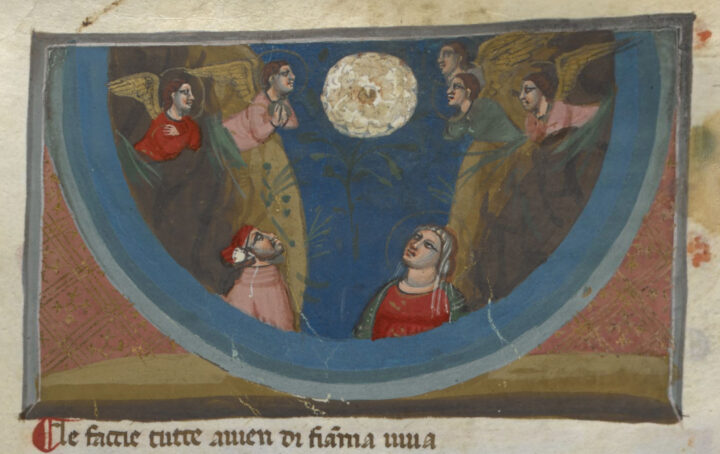
Leave a Reply